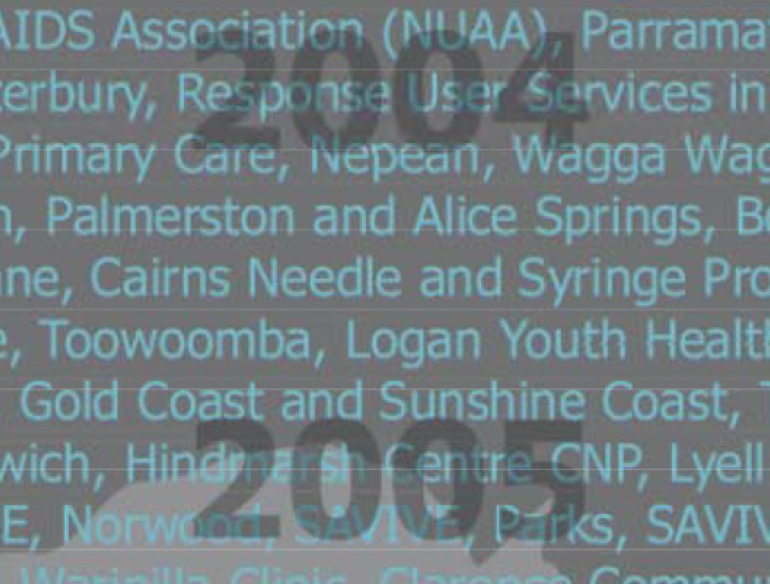Key findings
- The median age of respondents was relatively stable at 27 to 29 years over the period 1995 to 2001, with an incremental increase in all subsequent years, from 30 years in 2002 to 39 years in 2014. There was a concomitant decline in the proportion of respondents aged less than 25 years over the same period, from 25% in 2002 to 6% in 2014.
- While there were temporal shifts in the patterns of drugs injected as reported by ANSPS respondents over the past 20 years, heroin and methamphetamine remained the two most commonly reported drugs last injected in all years 1995 to 2014.
- HIV antibody prevalence remained low at 2.1% or less in all survey years, with prevalence of 1.7% observed in 2014.
- HCV antibody prevalence was high, with more than half of ANSPS respondents testing HCV antibody positive in most survey years. HCV antibody prevalence was highest at 60% or greater in 1995 and between 2004 and 2008. HCV antibody prevalence was stable at 53% to 54% in all years over the period 2010 to 2014.
- More than three quarters on ANSPS respondents reported a history of HIV and HCV testing in all survey years. However, the proportion of respondents reporting BBV testing in the previous 12 months declined to around one in two for both HIV and HCV in 2014.
